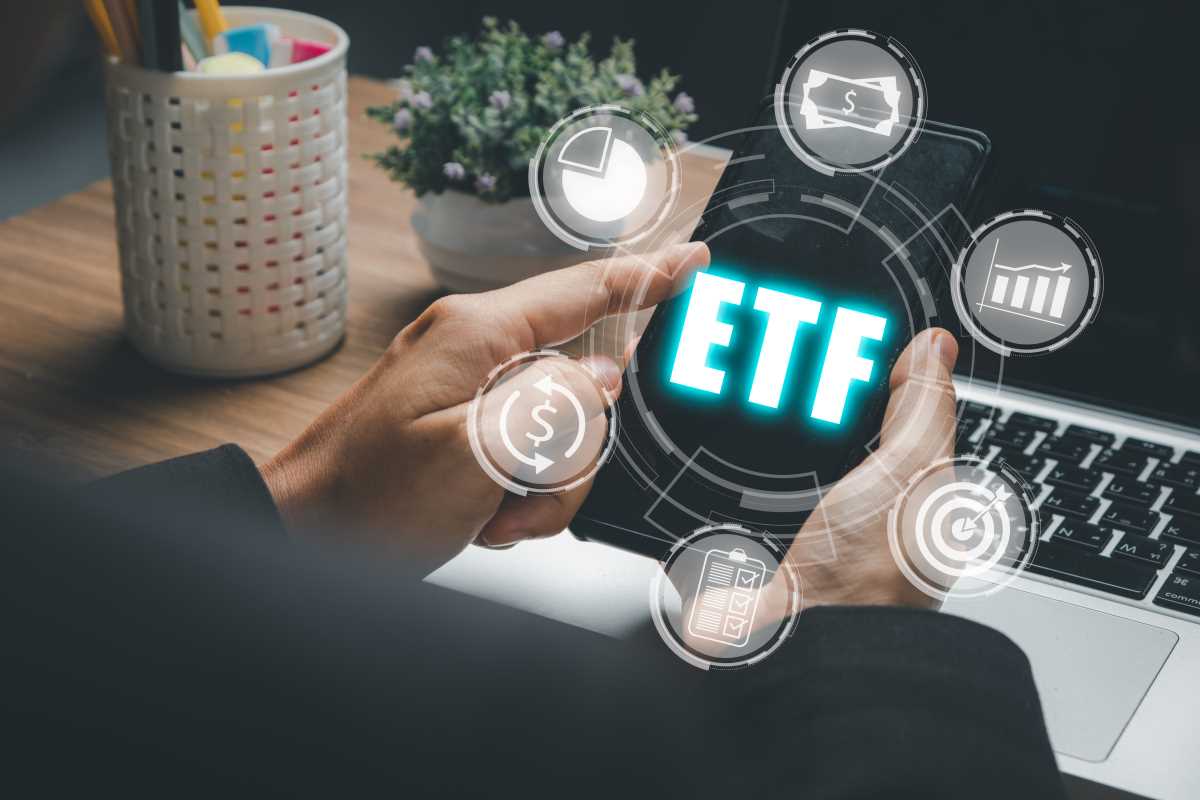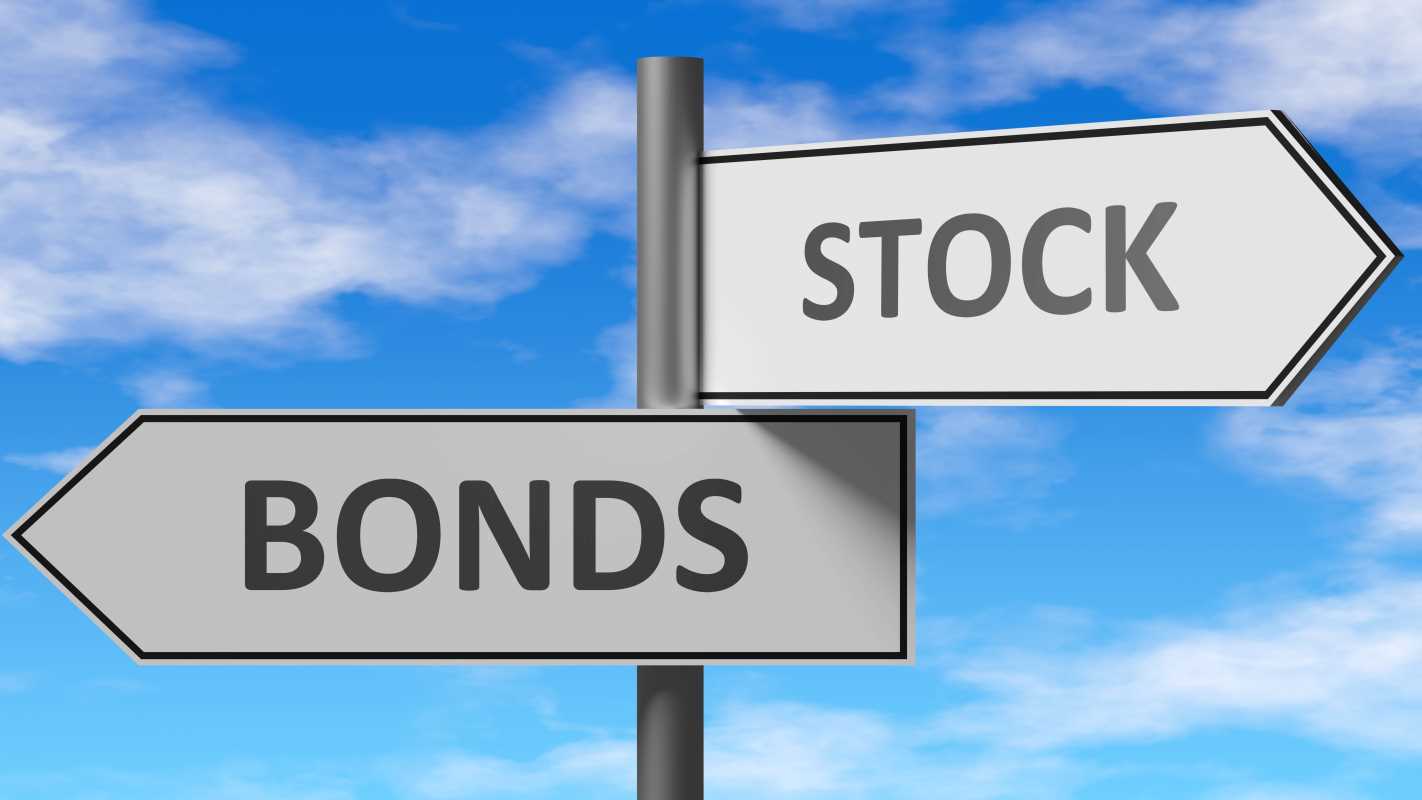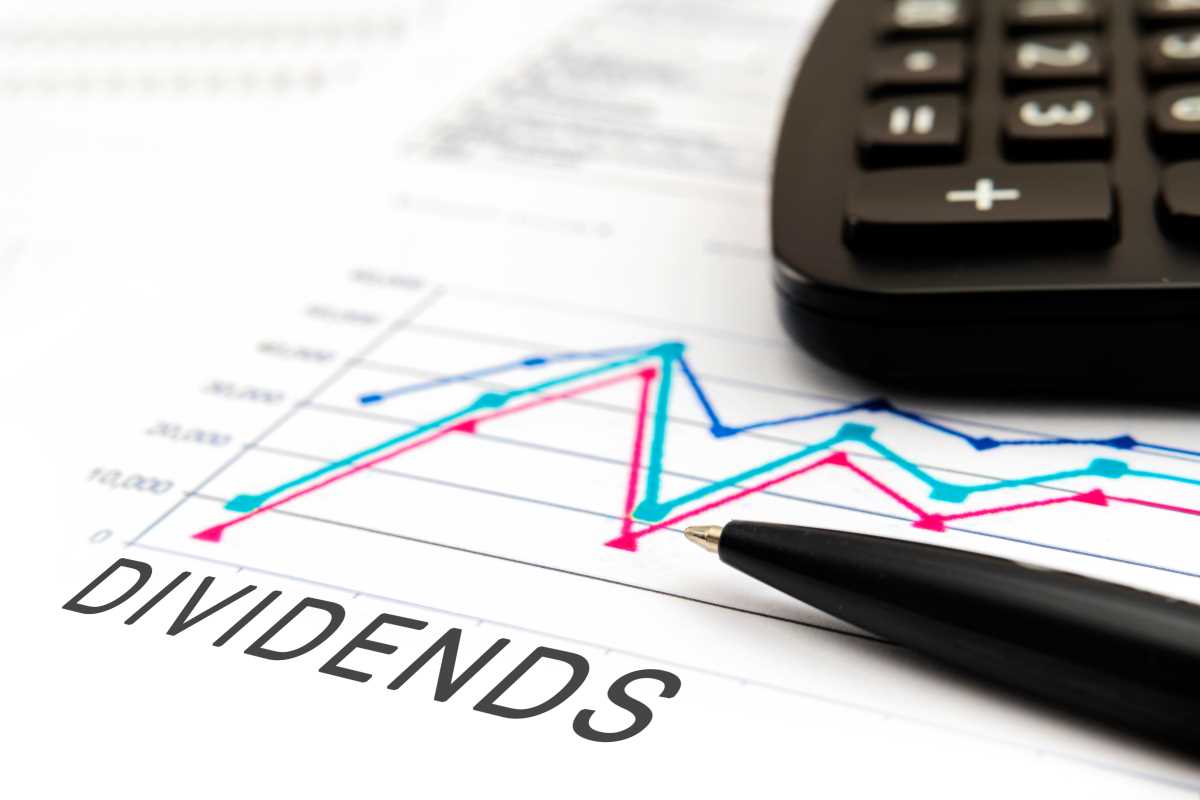The idea of investing can feel intimidating. You hear stories about people who spend hours researching companies, trying to pick the next big winner while avoiding the losers. It sounds like a full-time job, and who has time for that? You just want a straightforward way to grow your money without becoming a Wall Street analyst. What if you could buy a single thing that instantly gave you a small piece of hundreds of different companies? This is the simple but powerful concept behind Exchange Traded Funds, or ETFs. They are designed to make investing easier and more accessible, allowing you to build a diversified portfolio with just one click, taking the guesswork out of stock picking.
What is an ETF Anyway?
Think of an ETF as a basket that holds a collection of different investments, like stocks, bonds, or commodities. Instead of buying each item in the basket one by one, you can buy a single share of the ETF, which gives you ownership of everything inside. This is similar to a mutual fund, another popular investment vehicle that pools investor money. However, there's a key difference. While mutual funds are typically bought or sold only once per day at a price calculated after the market closes, ETFs trade on a stock exchange just like individual stocks. This means you can buy or sell them at any point during the trading day, and their prices will fluctuate in real-time.
How ETFs Trade and Get Their Price
Because ETFs trade on stock exchanges, their pricing is dynamic. The price you see on your screen is determined by supply and demand, just like a share of Apple or Nike. However, the ETF's price tends to stay very close to the actual value of all the underlying assets it holds inside its "basket." This is managed through a special mechanism involving large financial institutions that can create or redeem large blocks of ETF shares, which helps keep the market price aligned with the fund's net asset value. This process also ensures that ETFs are generally very liquid, meaning it's easy to buy and sell them quickly without a major impact on the price.
Index ETFs vs. Actively Managed ETFs
The vast majority of ETFs are what we call "index ETFs." These funds are designed to passively track a specific market index, like the S&P 500, which represents 500 of the largest U.S. companies. The ETF simply buys and holds all the stocks in that index in the same proportions. The goal isn't to beat the market; it's to match the market's performance. On the other hand, there are "actively managed ETFs." In this case, a fund manager or a team of analysts actively picks and chooses which investments to put in the basket, trying to outperform a benchmark index. While this sounds appealing, active funds almost always come with higher costs and have a very difficult time consistently beating their passive counterparts over the long run.
Understanding the Costs Involved
One of the biggest advantages of ETFs, especially index ETFs, is their low cost. The most important cost to be aware of is the expense ratio. This is an annual fee, expressed as a percentage of your investment, that covers the fund's operating costs. For a broad market index ETF, this ratio can be incredibly low, sometimes just a few hundredths of a percent. This is much cheaper than most traditional mutual funds. Another potential cost is the bid-ask spread, which is the tiny difference between the price you can buy an ETF for and the price you can sell it for at any given moment. For large, popular ETFs, this spread is usually negligible.
Instant Diversification Made Easy
The core benefit of an ETF is instant diversification. Buying one share of a broad U.S. stock market ETF can give you a piece of thousands of different companies, from giant tech firms to small manufacturers. This automatically spreads out your risk. If one or two companies in the fund perform poorly, their impact on your overall investment is softened by the hundreds of others that are doing well. You can use ETFs to diversify in many ways. There are ETFs that hold international stocks, bonds of all types, specific sectors like technology or healthcare, and even commodities like gold. This flexibility allows you to build a globally diversified portfolio with just a few different ETFs.
What About Dividends and Capital Gains?
When you own an ETF that holds dividend-paying stocks, you are entitled to your share of those payments. The ETF collects all the dividends from the companies it holds and then distributes them to its shareholders, usually on a quarterly basis. You can take these payments as cash or choose to have them automatically reinvested to buy more shares of the ETF. ETFs are also known for being very tax-efficient. Because of how they are structured, they tend to generate fewer taxable capital gains distributions compared to mutual funds. This means you generally only pay capital gains tax when you sell your ETF shares for a profit, giving you more control over your tax bill.
How to Choose the Right ETF
With thousands of ETFs to choose from, picking the right one can seem daunting. A good approach is to start with your goal. Are you saving for retirement in 30 years, or for a down payment in five? For long-term goals, a broad stock market ETF is a great foundation. Next, look at the index it tracks to make sure it's well-established and makes sense. Then, compare costs. The expense ratio should be as low as possible for a comparable fund. Finally, check the fund's size and trading volume. Larger, more frequently traded ETFs tend to be more liquid and have tighter bid-ask spreads, making them easier and cheaper to trade.
Building a Simple ETF Portfolio
You don't need a dozen different funds to build a solid portfolio. For many investors, a simple two or three-fund portfolio is all that's needed. A common strategy for a long-term growth goal might be to put the majority of your money into a total U.S. stock market ETF, and a smaller portion into a total international stock market ETF. This gives you broad exposure to thousands of companies around the world. If you have a shorter time horizon or a lower risk tolerance, you might add a third fund, a total bond market ETF, to provide stability and income. The exact allocation depends on your personal goals and comfort with risk.
Understanding the Risks of ETFs
While ETFs are a fantastic tool, they are not risk-free. The biggest risk is simply market risk. If you own a stock market ETF and the entire stock market goes down, the value of your ETF will go down too. Another potential risk is tracking error, where an index fund doesn't perfectly match the performance of its underlying index, though this is usually very minor for well-run funds. You should also be cautious with narrow, thematic ETFs, such as those that focus on a very specific trend like robotics or cannabis. These funds are much less diversified and can be extremely volatile, making them more of a speculative bet than a core long-term holding.
Your Path to Getting Started
Beginning your ETF investing journey is simpler than you might think. The first step is to open an investment account, known as a brokerage account, with a reputable financial company. Next, fund the account by linking it to your bank account and transferring money. Then, you can start researching ETFs using the criteria of goals, index quality, cost, and liquidity. Once you've chosen your ETF or ETFs, you can place a trade to buy shares. The best approach is to invest consistently over time, perhaps by setting up automatic monthly investments. This strategy, known as dollar-cost averaging, helps smooth out the market's ups and downs and builds your portfolio steadily for the future.







